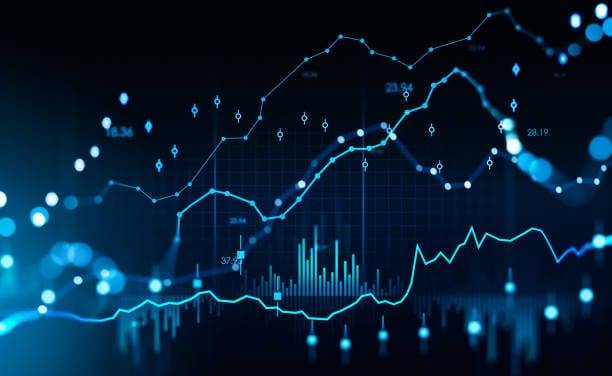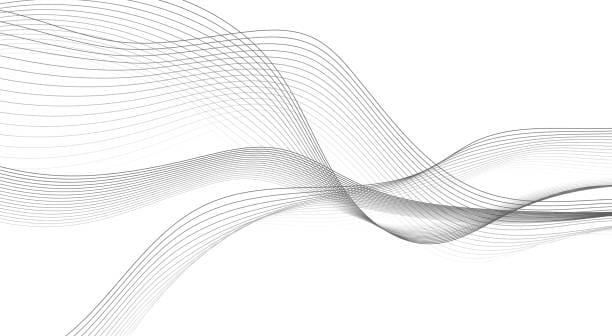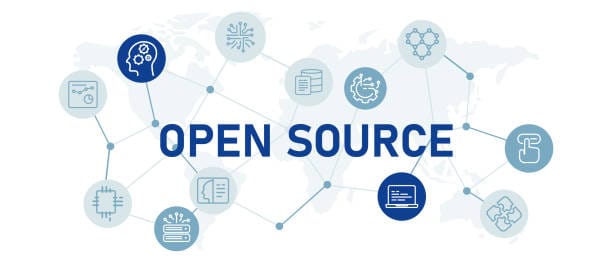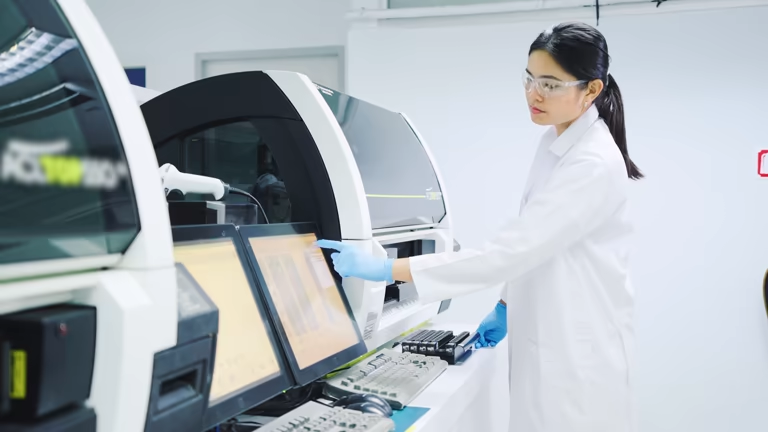Imagine stepping into a vast, dimly lit room filled with thousands of locked chests. Each chest contains something—perhaps gold, perhaps dust, perhaps something entirely unexpected. You have no map, no guide, no instructions. Your task is simple but daunting: find out what’s inside.
This is what it feels like to approach a raw dataset for the first time. Before models, before predictions, before elegant dashboards, there is a moment of uncertainty — a moment when you must explore without assumptions. That moment is called Exploratory Data Analysis (EDA).
EDA is the human act of meeting your data, shaking its hand, and asking, Who are you, really? It is not about rushing toward conclusions but about walking through the data slowly, like an archaeologist brushing dust away from an artifact to see its true shape.
The Birth of a Discipline
The term Exploratory Data Analysis was popularized in the late 1970s by statistician John Tukey, a man who believed that data was something to be interrogated, prodded, and visualized before being modeled. To Tukey, statistical analysis without exploration was like reading the last page of a book before the first chapter.
Tukey argued that data analysis had two distinct phases: exploratory and confirmatory. Confirmatory analysis tested hypotheses — it was where statistics flexed its formal muscles. Exploratory analysis, on the other hand, was a conversation with the data: an open-ended investigation where you asked questions, spotted oddities, and uncovered patterns you didn’t even know to look for.
EDA is therefore not just a technical procedure but a mindset: curious, skeptical, playful, and willing to be surprised.
The First Contact with Data
When you receive a new dataset — whether it’s customer purchase logs, sensor readings, genomic sequences, or financial transactions — the temptation is to dive straight into building models. After all, machine learning libraries are powerful and the urge to “see results” is strong.
But raw data is deceptive. Beneath its surface, it hides missing values, duplicates, outliers, inconsistencies in formatting, and misleading correlations. Without exploration, you risk building models on sand.
First contact with data means examining its basic structure: how many rows and columns, what kinds of variables (numerical, categorical, textual, temporal), how complete the records are. This isn’t glamorous work, but it is like mapping the coastline before setting sail — without it, you will almost certainly wreck your ship.
The Emotional Side of Data Exploration
It might sound strange to speak of emotion in the context of data, but EDA is often filled with moments of surprise, frustration, and delight. You might feel the rush of discovery when a scatterplot suddenly reveals a strong, unexpected relationship between two variables. Or you might experience the quiet satisfaction of spotting a subtle but crucial error — a misplaced decimal, a date field incorrectly parsed — that would have skewed an entire analysis.
These moments matter because they remind us that data is not lifeless. It is a trace of real events, real people, real processes. When you look at a spike in hospital admissions in a time-series chart, you might be seeing the shadow of a flu epidemic. When you notice an unusual cluster in purchase data, you might be uncovering a new customer segment.
EDA turns numbers into stories, and those stories have consequences.
Visualizations as the Language of EDA
EDA is inseparable from visualization. Just as a photograph can reveal a person’s character more clearly than a written description, a good chart can reveal a dataset’s hidden structure more vividly than a table of numbers.
A histogram can whisper to you about the skewness of a distribution. A box plot can quietly point to an outlier. A scatterplot can announce, without words, the existence of a relationship or the absence of one.
Visualization in EDA is not merely decoration. It is the primary tool of perception. By translating raw numbers into shapes and colors, we allow the brain’s pattern-recognition machinery to work at full capacity. Humans are astonishingly good at spotting visual anomalies — far better than we are at parsing them from raw numerical tables.
But the art lies in choosing the right visualization. For example, if you have temporal data, a line chart can show trends; if you have categorical comparisons, a bar plot may work better. The choice of visualization can either illuminate truth or obscure it.
The Dance Between Aggregation and Granularity
One of the central decisions in EDA is whether to look at data in the aggregate or at the individual record level. Aggregation smooths out noise and makes trends visible, while granularity preserves detail and can expose anomalies.
For instance, imagine you’re analyzing airline delays. If you aggregate by month, you might see a fairly steady pattern. But if you zoom into the daily level, you might notice sharp spikes — perhaps caused by specific weather events or labor strikes. And if you go even further to the flight level, you might spot systemic issues with a particular route or aircraft model.
EDA thrives on moving fluidly between these levels, like a photographer switching lenses — sometimes stepping back to capture the whole landscape, sometimes leaning in to capture a single droplet of dew.
Outliers: The Trouble and the Treasure
Outliers are the fireworks of EDA: sudden, bright bursts that demand attention. They can be signs of measurement error — a faulty sensor reporting impossible values — or they can be the most important discoveries in your dataset.
For example, in fraud detection, the outlier might be the fraudulent transaction itself. In astronomy, it might be the detection of an entirely new class of star.
EDA teaches us not to dismiss outliers too quickly. Instead, we ask: Is this an error, or is it the start of a new story?
The Subtle Art of Feature Relationships
Much of EDA is about understanding how variables relate to each other. Does one variable tend to increase when another does? Do they move independently? Are they connected in non-linear ways that a simple correlation coefficient would miss?
These relationships can be seen through scatterplots, heatmaps, pair plots, and correlation matrices. Sometimes they are obvious; sometimes they are hidden behind transformations or conditional groupings.
For example, a global correlation might be weak, but if you split the data by region, a strong local relationship might emerge. This is why EDA is less about applying a fixed checklist and more about a constant, adaptive dialogue with the data.
When Visualization Sparks Hypothesis
A powerful aspect of EDA is that it often generates hypotheses you didn’t even know you were looking for. You might start with no specific question, simply plotting variables against each other, and suddenly see something that demands explanation.
Perhaps you’re analyzing customer retention and notice that one particular cohort — people who signed up in a certain month — has dramatically better retention. You don’t yet know why, but now you have a question to pursue.
This is where the exploratory phase begins to bleed into the confirmatory. The insights from EDA become the seeds for formal statistical testing or predictive modeling.
The Risk of Misleading Visuals
EDA’s reliance on visualization comes with a danger: poor choices in scaling, axis ranges, or aggregation can create illusions. For instance, truncating a y-axis can exaggerate differences; using inappropriate bin sizes in histograms can hide or invent patterns.
This is why EDA requires both technical skill and ethical care. It’s easy to make data “say” something that isn’t true. A good data analyst approaches visualizations with a mix of curiosity and skepticism, always aware that what they are seeing is a representation, not the thing itself.
The Emotional Payoff: Turning Noise into Signal
Perhaps the greatest joy of EDA is the moment when the data “clicks” — when you suddenly understand its main structure, when the chaos of raw numbers resolves into a coherent picture.
It is the same thrill a detective feels when scattered clues finally point to the culprit, or the satisfaction of a composer when dissonant notes resolve into harmony.
EDA is about earning that moment — patiently, methodically, and creatively.
Scaling EDA for the Big Data Era
In Tukey’s time, EDA was done on datasets small enough to fit on a sheet of paper. Today, datasets can contain billions of rows, streaming in real time from sensors, transactions, and user interactions.
EDA has adapted. Interactive visualization libraries, distributed computing frameworks, and sampling techniques now allow analysts to explore massive datasets without losing the intimacy of direct contact with the data. Tools like Python’s Pandas, Seaborn, Plotly, and Apache Spark, or R’s ggplot2 and Shiny, are the modern chisels and brushes in the data archaeologist’s kit.
But even in this era of scale, the mindset remains the same: curiosity first, answers second.
The Bridge Between Raw Data and Decision
EDA is not the final step in analysis, but it is the bridge that connects raw data to meaningful decisions. Without it, decisions are made in the dark, guided by assumptions rather than evidence.
When done well, EDA doesn’t just prepare data for modeling — it often delivers insights so valuable that they influence strategy directly. A single well-crafted visualization can change the course of a product launch, a marketing campaign, or a public health policy.
EDA as a Human Skill in the Age of AI
With the rise of automated machine learning (AutoML) and AI-driven analytics, some have wondered whether EDA will become obsolete. After all, algorithms can now detect correlations, clusters, and anomalies at speeds no human can match.
But automation can’t replace the human capacity for interpretation. A machine can tell you that two variables are related; only a human, with domain knowledge and empathy, can tell you whether that relationship matters in the real world.
EDA is not just about what is in the data — it’s about what the data means for people, systems, and decisions. That layer of meaning is something machines still struggle to fully grasp.
The Never-Ending Conversation with Data
One of the most humbling lessons of EDA is that data exploration is never truly finished. New data arrives, new contexts emerge, and patterns shift over time. What you learned last quarter might no longer be true this quarter.
This is why EDA is less like a single event and more like an ongoing relationship. You return to your data again and again, not because you mistrust it, but because it is alive — constantly reflecting the changing reality it measures.
Closing Thoughts: The Beauty of Exploration
At its heart, Exploratory Data Analysis is an act of humility and wonder. It says: I do not yet know what is here, but I am willing to look.
It is the quiet discipline of looking closely, of questioning appearances, of being open to surprise. It is the bridge between ignorance and understanding, between raw numbers and human insight.
In a world awash with data, the skill of exploration is more precious than ever. Models may predict, dashboards may summarize, but it is EDA that allows us to truly see — and once you have seen, you can never look at data the same way again.






